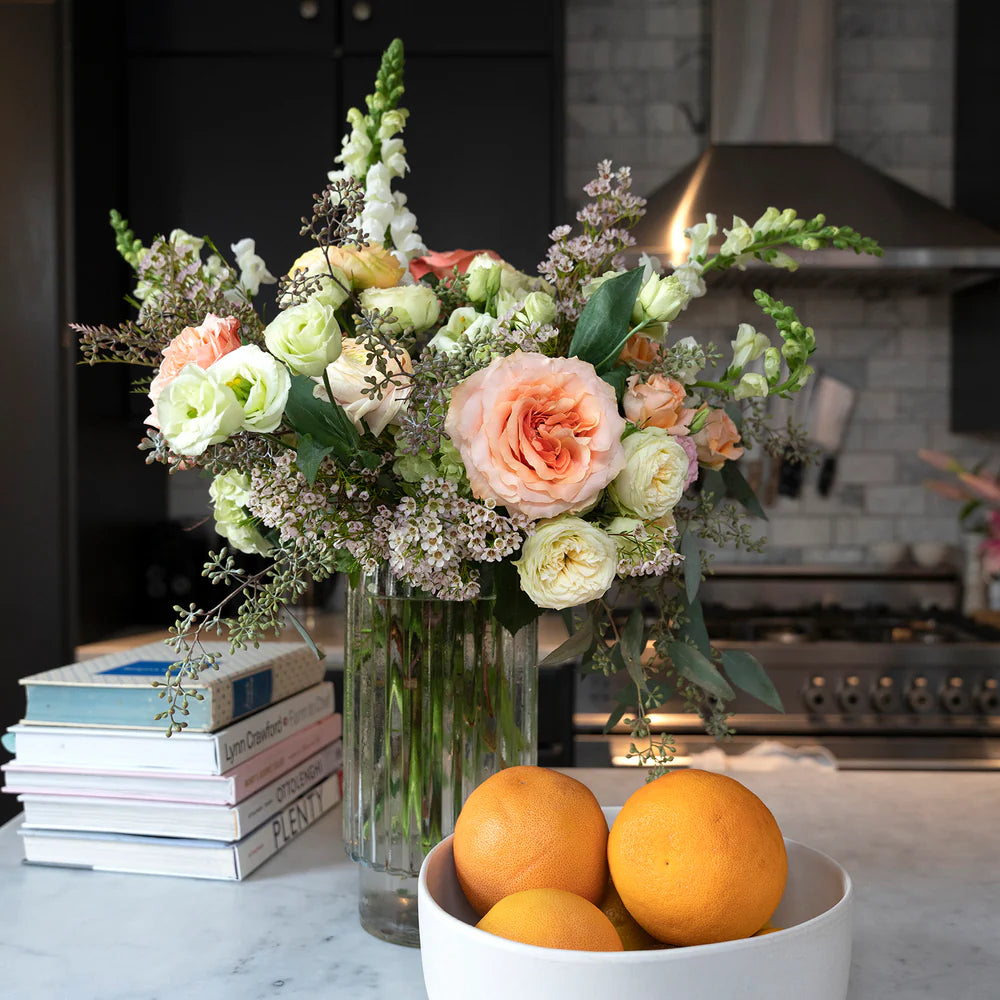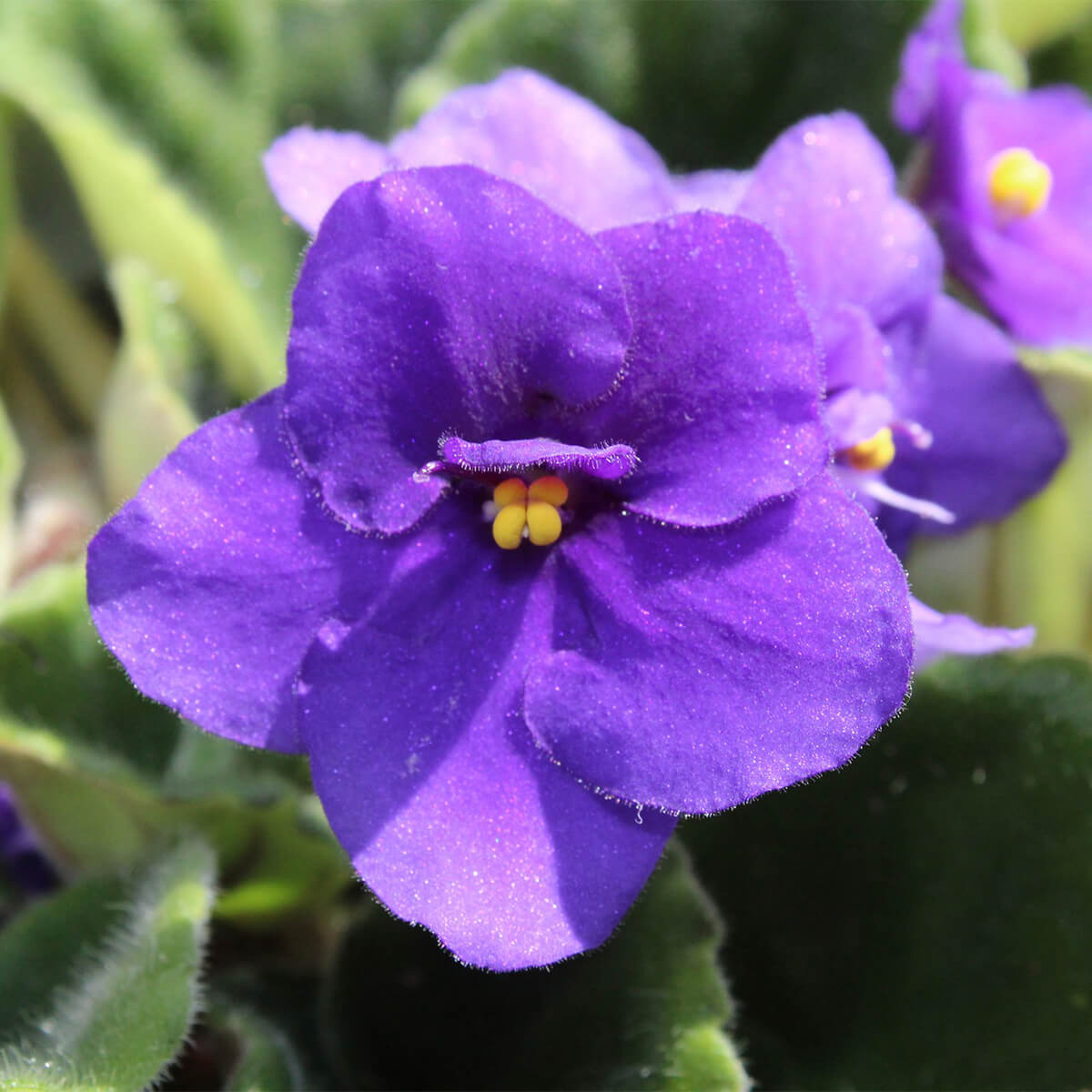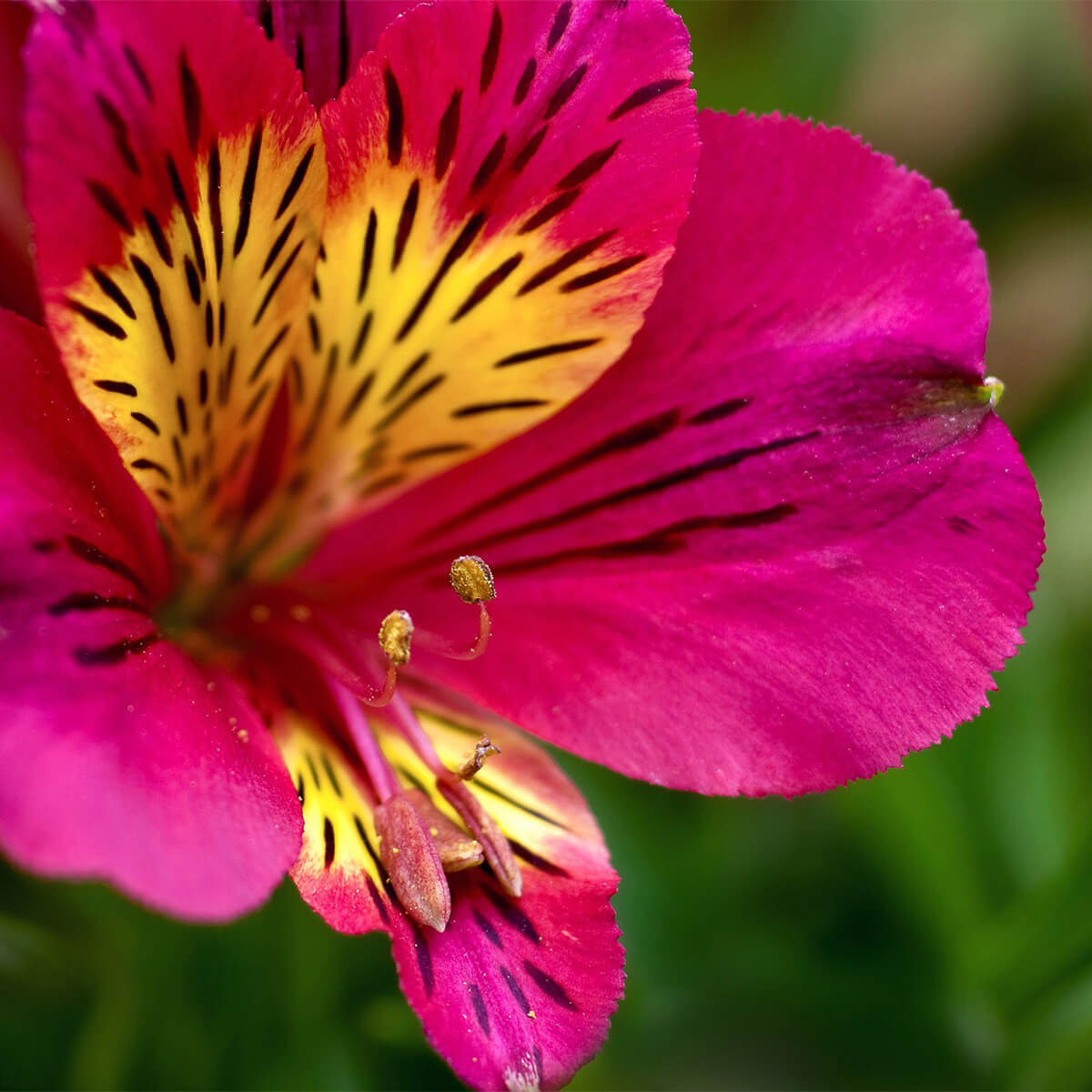Thinking of Bringing Home a Ficus Lyrata (Fiddle Leaf Fig Plant)? Here's What You Should Know About Caring for One
Before you welcome your Ficus Lyrata into your home, it's crucial to understand its fundamental needs. This includes getting a grasp on the ideal light conditions, watering frequency, and the importance of humidity to ensure your new fiddle leaf fig thrives in its new environment right from the start.
What is a Fiddle Leaf Fig (Ficus Lyrata)?
Wondering about those gorgeous large-leaf plants you’ve been seeing all over Instagram and in design magazines? Chances are those are Ficus lyrata plants – more commonly known as fiddle leaf fig plants (thanks to their large, fiddle-shaped leaves).
Ficus lyrata plants are in big demand these days for a number of reasons: they have lush, gorgeous foliage, they can grow to impressive heights, and they’re great for purifying the air in your home.
So, if you want to get on-trend and bring one of these leafy beauties into your home, read on. The Westmount Florist team has you covered with these top care tips for fiddle leaf fig plants.
Special note for pet owners: Like many plants in the Ficus genus, the Fiddle Leaf Fig is toxic to cats and dogs if ingested. Be sure to keep it out of reach of curious pets.
How to Care for Your Ficus Lyrata
Lighting tips
Fiddle leaf fig plants are native to the tropics, which means they thrive in very warm, humid conditions, and love bright, filtered light.
Here are a few things you can do to help your Ficus lyrata feel right at home in our not-so-tropical city of Montreal:
- Give your fiddle leaf fig plant lots of bright, indirect light: The ideal spot is near a south- or east-facing window where it will get lots of filtered sunlight throughout the day.
- Avoid exposing your fiddle leaf fig to too much sun: Direct afternoon sunlight (especially through an unfiltered west-facing window) can scorch the leaves.
- Or to too little light: Low light will cause the plant to become leggy, with sparse growth and leaf drop.
- Rotate the plant every few weeks to keep growth even. Use sheer curtains if the sun is too harsh.
- If natural light is limited, a full-spectrum grow light can help supplement
- Use sheer curtains if the sun is too harsh.
Watering Tips
Fiddle leaf figs are gorgeous, but these tropical plants can also be a little finicky when it comes to moisture and humidity levels.
- Keep your Ficus lyrata away from cold, drafty areas of the house – especially during our frigid Montreal winters!
- Water the base of the plant when the top of the soil is dry.
- Purchasing a small plant mister is a small but worthwhile investment, as it will keep this – and any other tropical plants you may have in your home – much happier.
How to know if your fiddle leaf fig is getting too much or too little water
An overwatered or underwatered Ficus lyrata is usually easy to spot:
- Underwatered Ficus lyrata:
The leaves will turn brown along the edges and start to drop. Increase watering frequency and/or amount. Don’t forget to mist!
- Overwatered Ficus lyrata:
The leaves will develop dark brown spots. Make sure the pot has adequate drainage and isn’t collecting water at the base. If it is, cut back on watering frequency and/or amount.
Pruning Your Fiddle Leaf Fig If you’re noticing dead or significantly spotted leaves on your plant, it’s time to prune. Here are our expert tips on how to properly prune a Ficus lyrata:
- Prune at the base of the leaf using sharp shears.
- Cut at an angle, about a half inch from the trunk.
- Do not remove too many leaves at once, as this can cause the plant to go into shock.
Re-potting Your Ficus Lyrata
If your fiddle leaf fig is growing quickly, congrats – that means it’s thriving! It now needs to be repotted into a larger container so that the roots can extend. Keep in mind that a young, healthy Ficus lyrata typically needs to be repotted annually for the first few years.
Keep the following in mind when repotting your Ficus lyrata plant:
- Fiddle leaf figs prefer a well-draining, nutrient-rich soil.
- Use a high-quality indoor potting mix made for tropical houseplants.
- Add perlite or pumice to improve aeration and drainage.
- Also add some peat moss or coco coir to help retain just enough moisture without becoming soggy.
- You can also buy a cactus or succulent soil and mix it 1:1 with regular potting soil for a nice balance.
Pruning Your Fiddle Leaf Fig
If you’re noticing dead or significantly spotted leaves on your plant, it’s time to prune. Here are our expert tips on how to properly prune a Ficus lyrata:
- Prune at the base of the leaf using sharp shears.
- Cut at an angle, about a half inch from the trunk.
- Do not remove too many leaves at once, as this can cause the plant to go into shock.
Type of Pot to Use with a Fiddle Leaf Fig Plant
Choosing the right material for the pot will help your Ficus lyrata maintain the right amount of humidity.
- Terracotta pots: This breathable material will absorb some moisture, helping to prevent overwatering. But it also dries out faster, so you’ll need to monitor watering more closely.
- Ceramic pots: These stylish pots are often glazed on the outside; just make sure there are drainage holes.
-
Plastic pots: While not as breathable as terracotta, plastic is lightweight and will retain moisture longer. It’s a good choice for plants in warmer, sunnier spots.
The most important thing is to choose a pot with good drainage. No drainage means a risk of root rot!
Cleaning the Leaves on a Ficus Lyrata
Not surprisingly, the large leaves on a fiddle leaf fig can collect a lot of dust. Fortunately, cleaning them is easy.
- Simply give them a gentle wipe with a soft, damp cloth.
- Only use water or a leaf shine product, as other cleaners can discolour or bruise the leaves.
Can You Move Your Ficus lyrata Outside During the Montreal Summer?
Yes – and it can thrive outdoors in summer, but you’ll need to ease it into the new environment carefully.
- Move it outside in late May to early June:
Make sure all risk of frost is gone and overnight temperatures are consistently above 15°C.
-
Acclimate the plant gradually:
Start with a few hours outside in a shaded spot.
Slowly increase light exposure over 1–2 weeks to prevent leaf scorch.
-
Choose a sheltered location:
Bright, indirect light is best — avoid direct afternoon sun.
Keep it out of strong wind and protected from heavy rain.
-
Maintain humidity & watering:
Outdoor air can be drying. Mist occasionally or group plants together for humidity.
Water more often than indoors, but check soil before watering.
How to Move Your Ficus Lyrata Back Indoors
Bring it back in early September, before nighttime temps dip below 10°C.
Just like in spring, reacclimate the plant gradually to indoor light levels:
- Start by placing it near the door or a bright window.
- Then move to its regular indoor spot after a few days.
Can You Transplant a Fiddle Leaf Fig Plant to Your Montreal Garden?
Unfortunately, no. Fiddle leaf figs are tropical plants and cannot survive our cold Canadian winters. Even one chilly Montreal night could severely damage or kill the plant. These are strictly indoor or summer patio plants in our zone.
If you're set on outdoor planting, consider hardy shrubs or perennial houseplants that are native or well-adapted to Quebec's climate instead.







